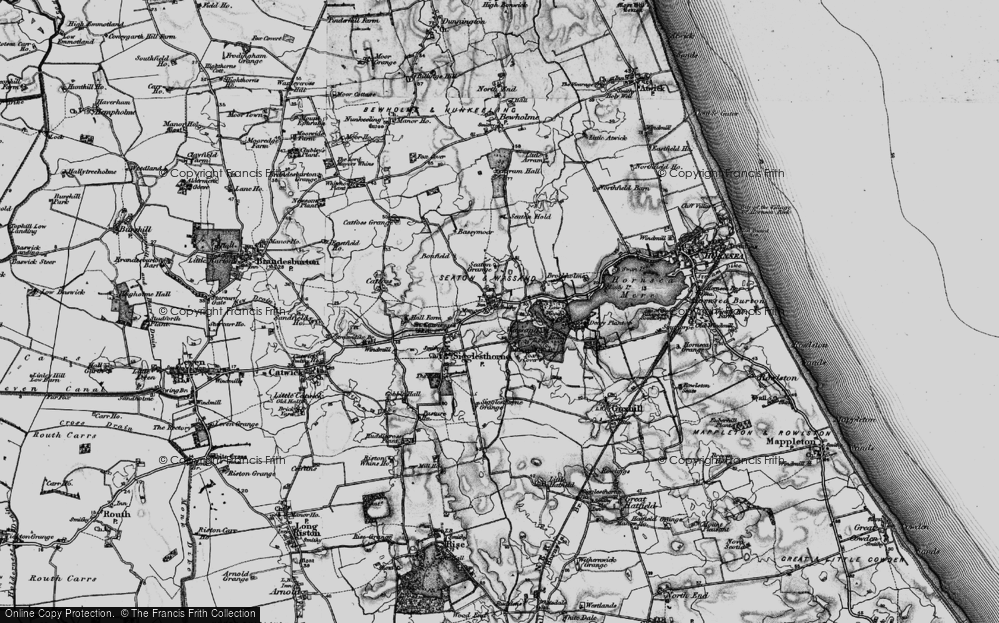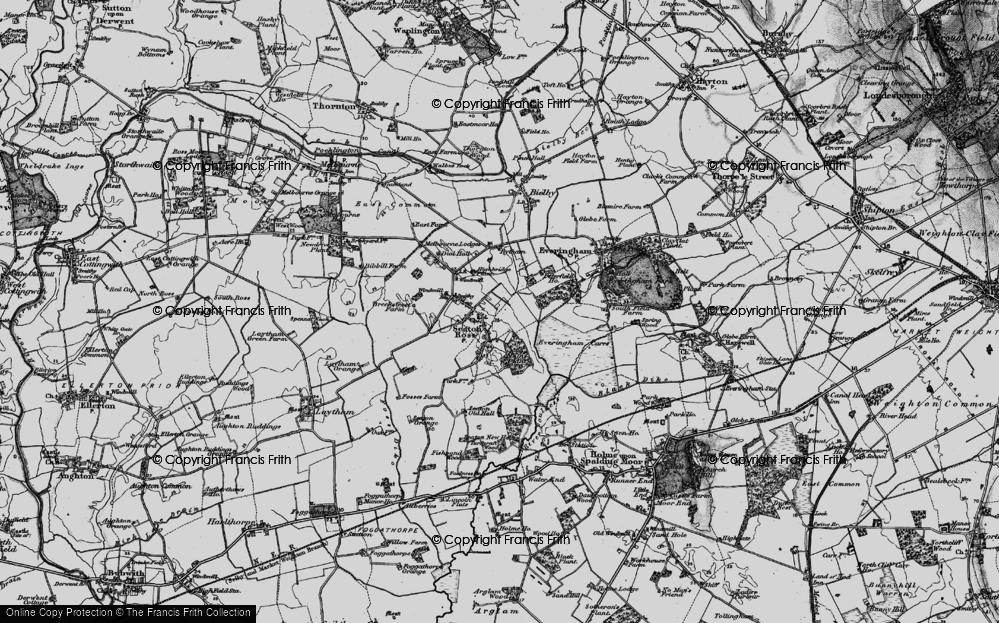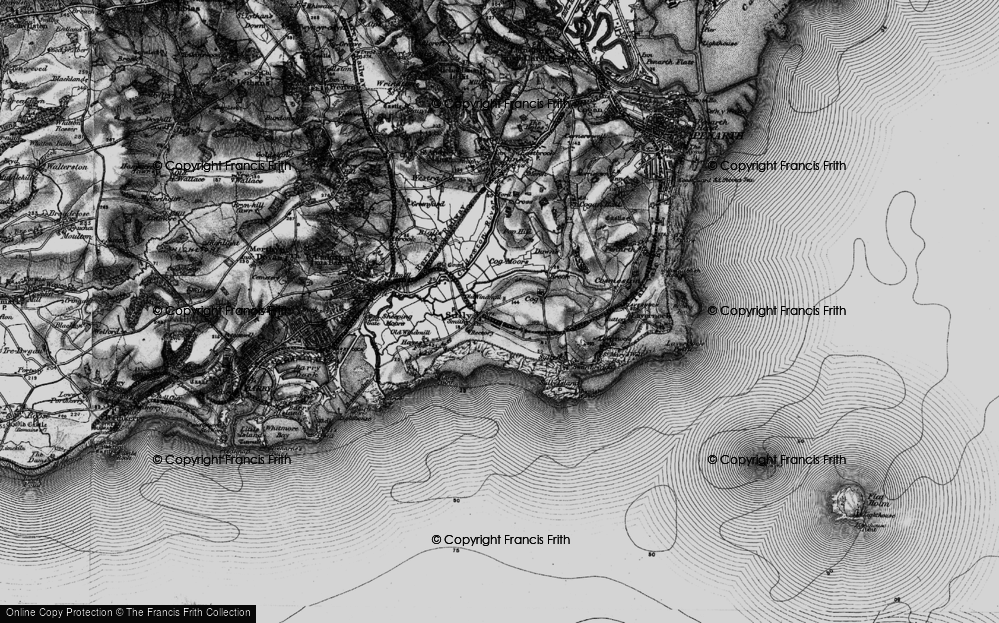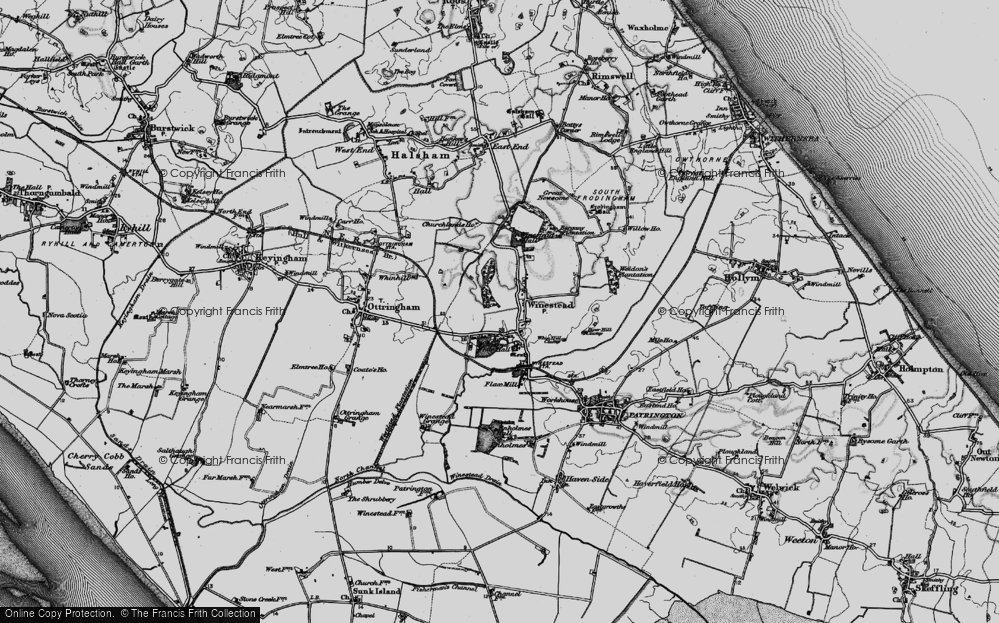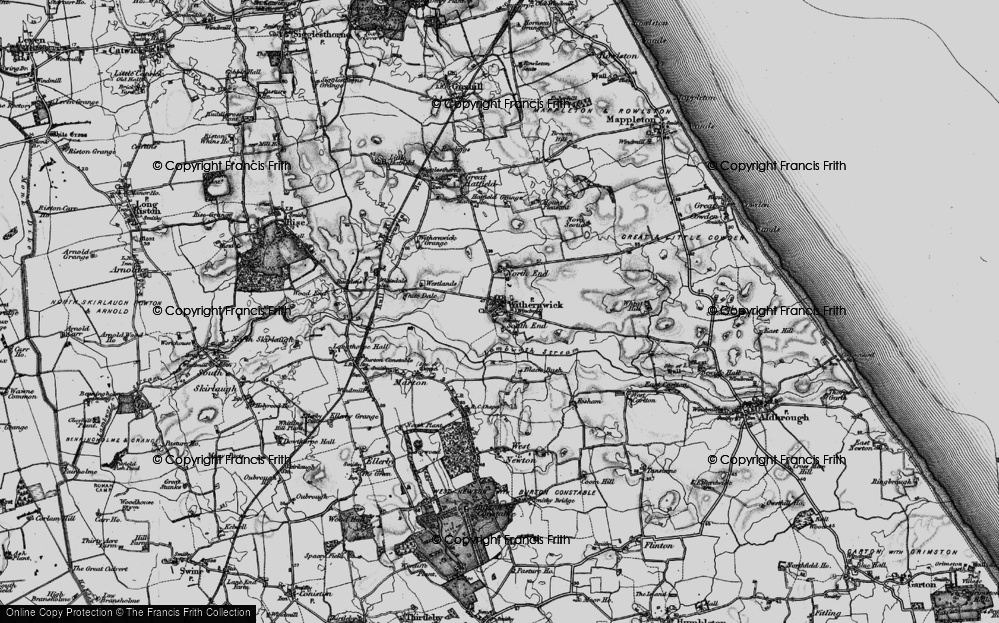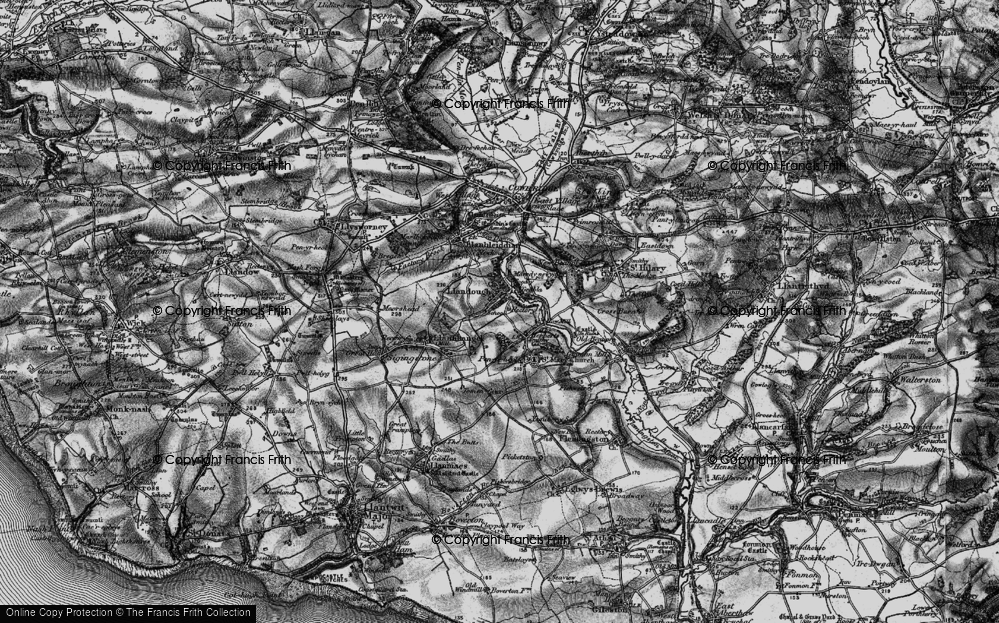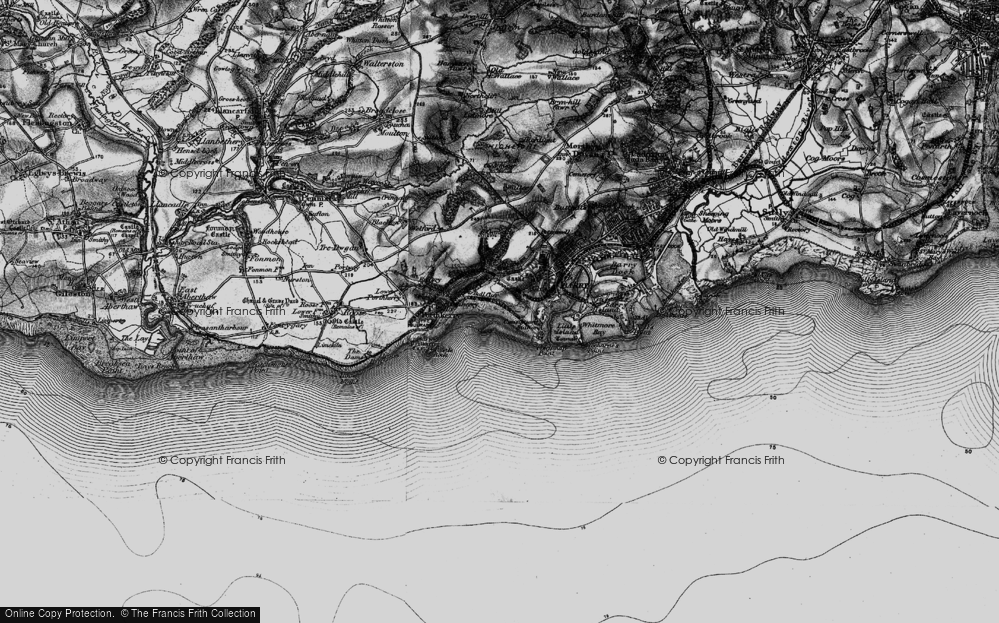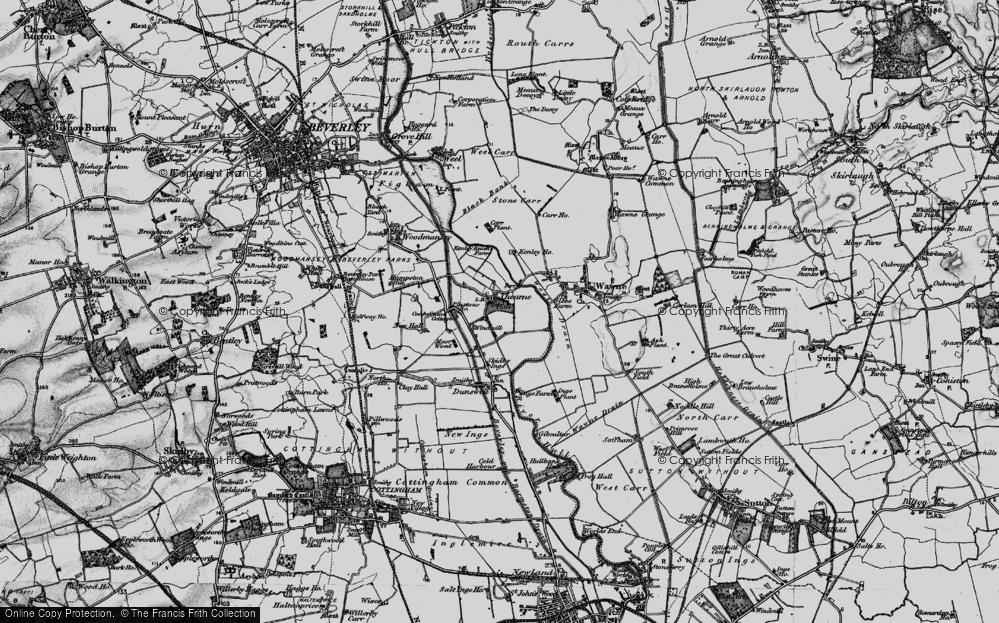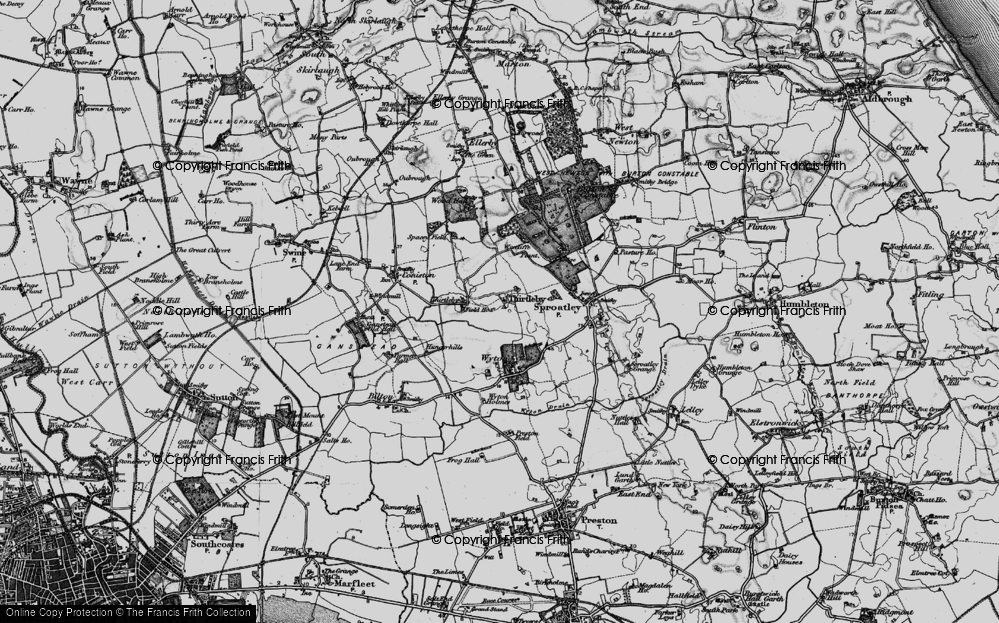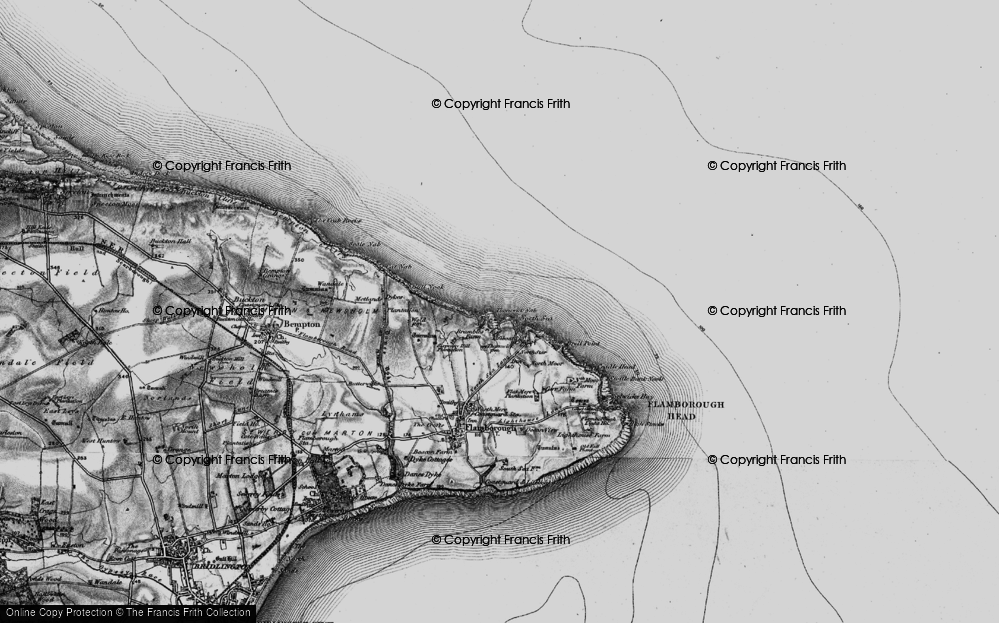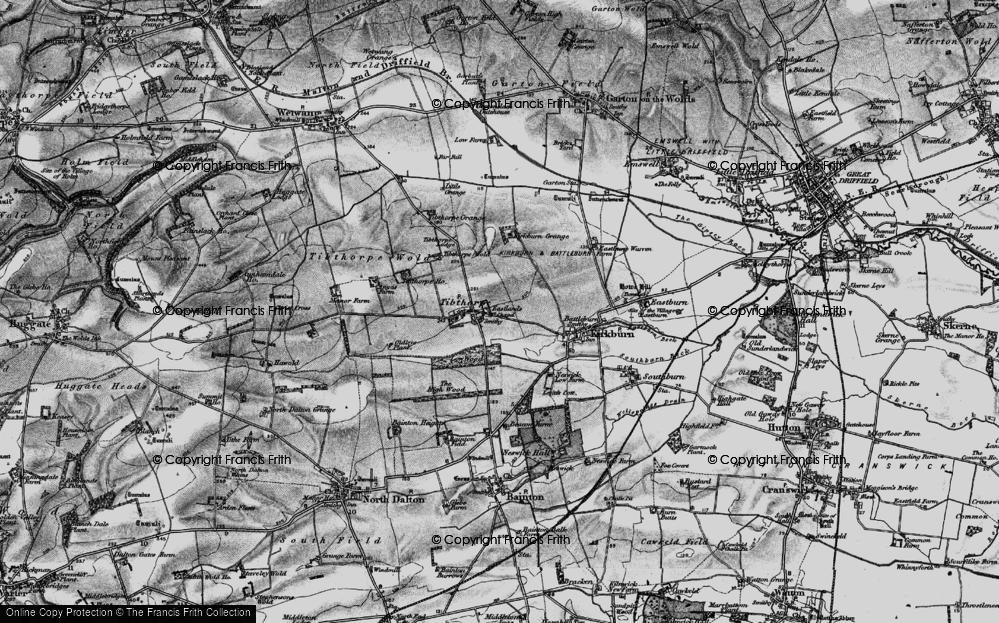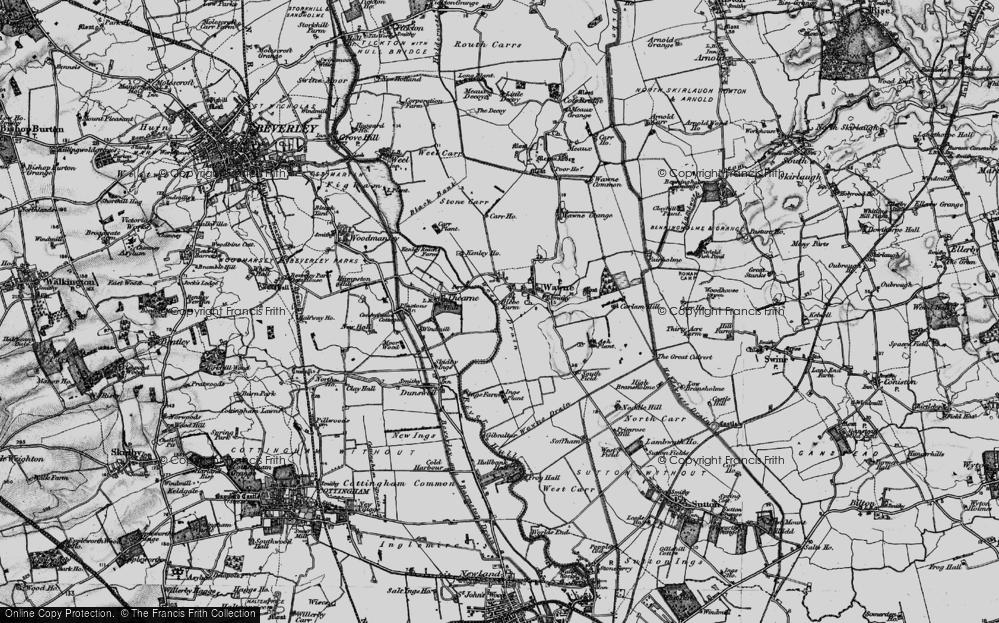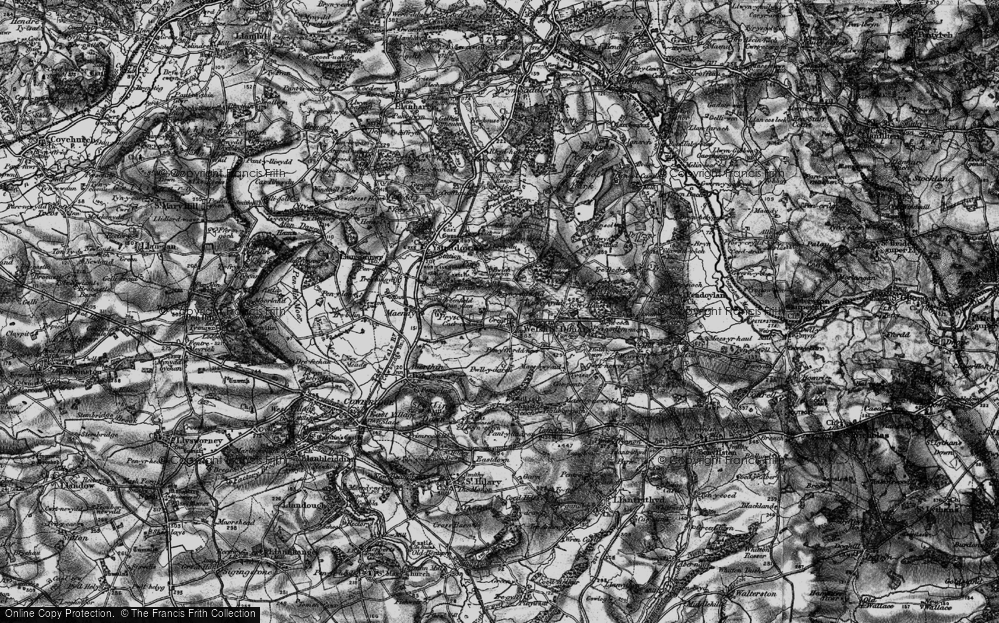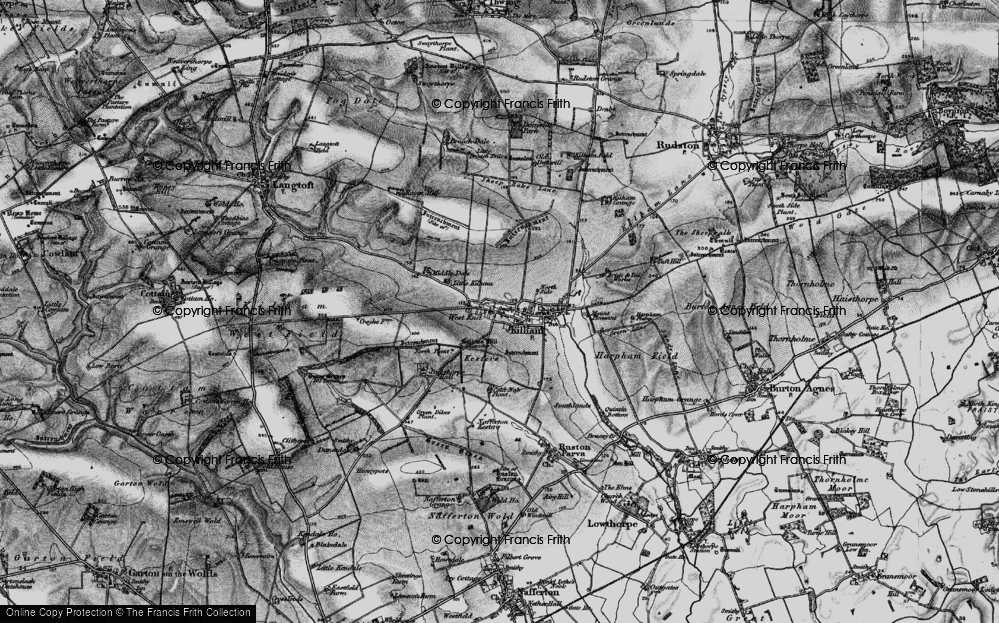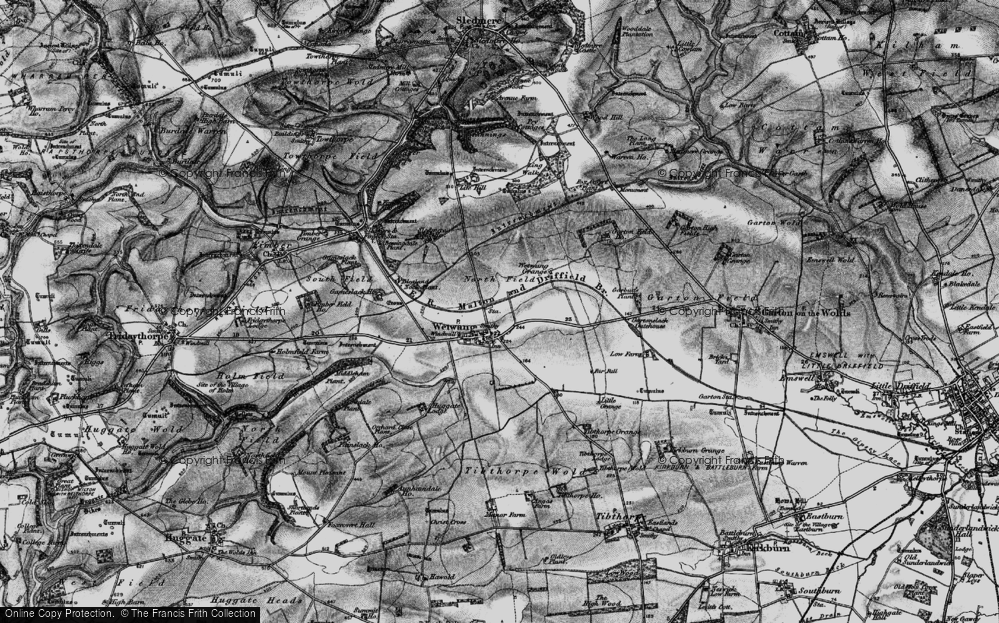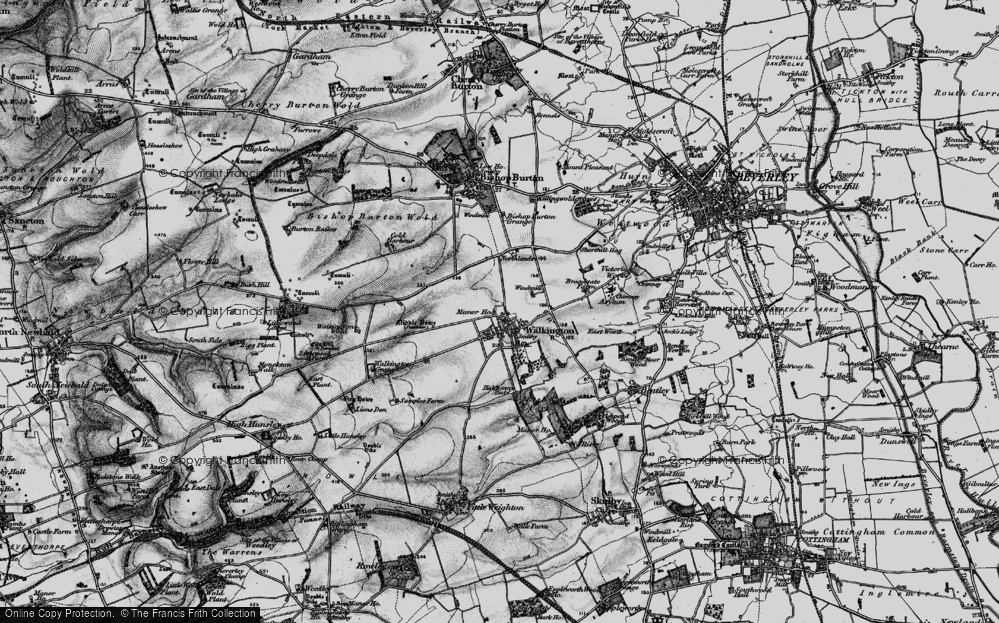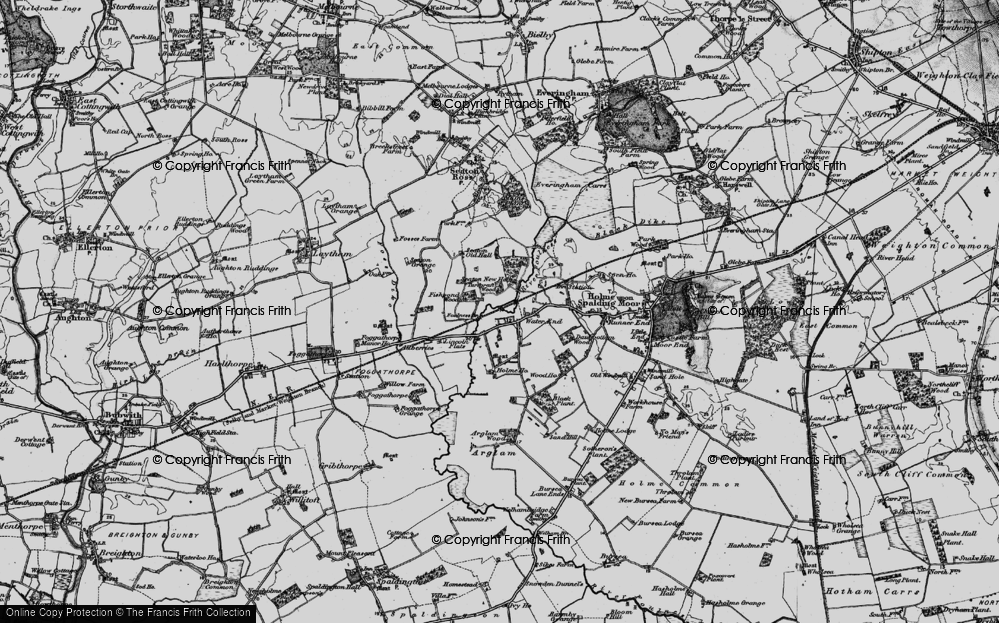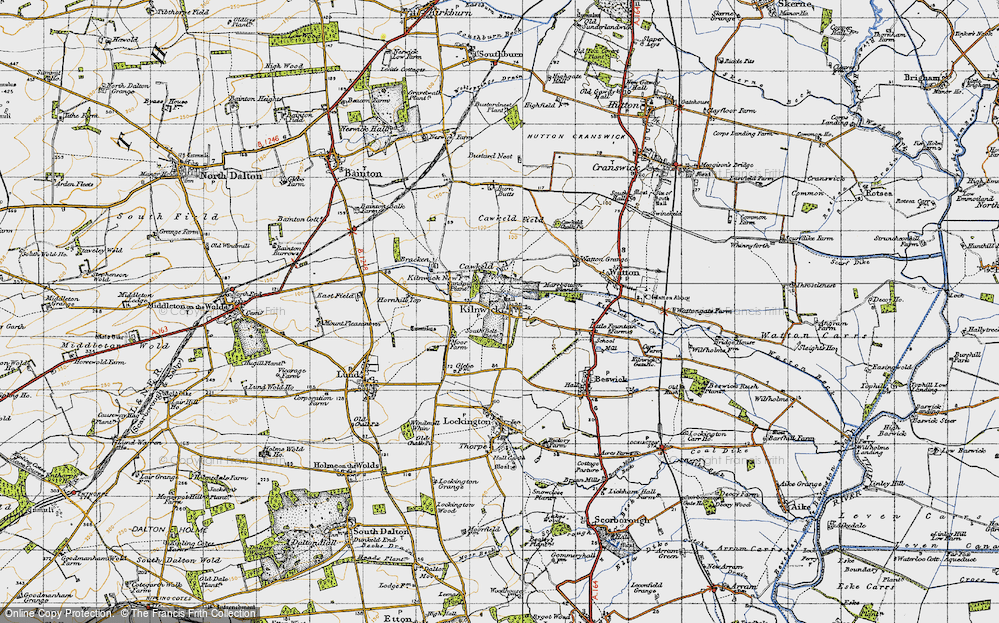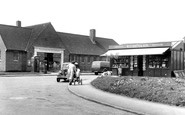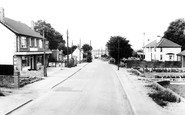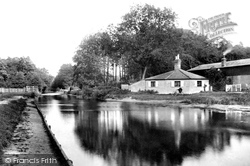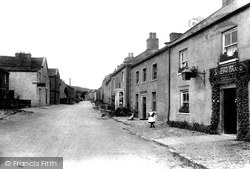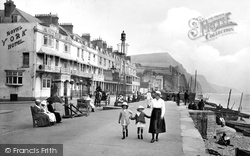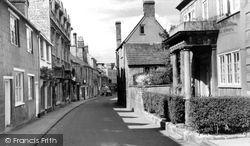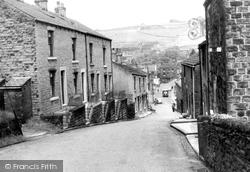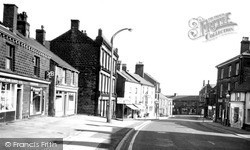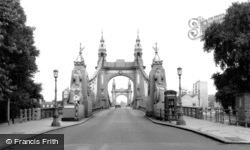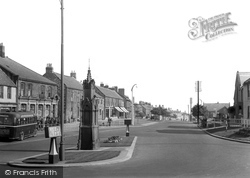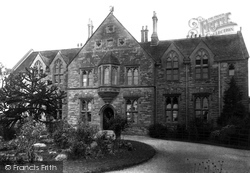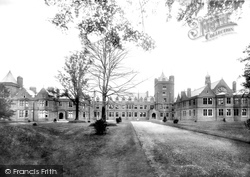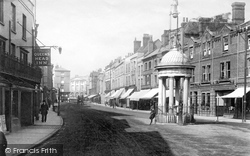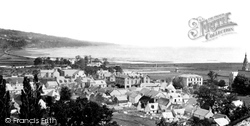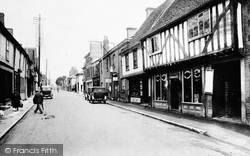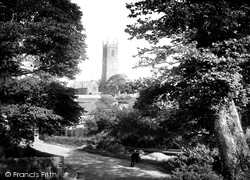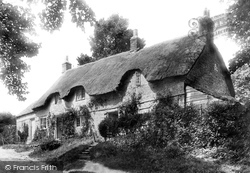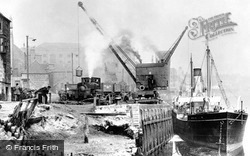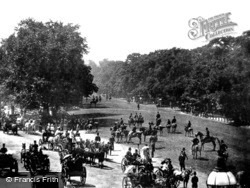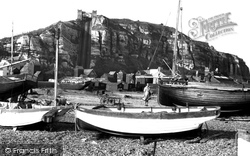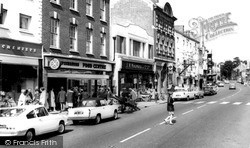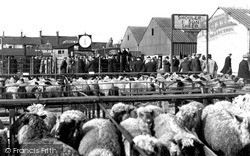Merry Christmas & Happy New Year!
Christmas Deliveries: If you placed an order on or before midday on Friday 19th December for Christmas delivery it was despatched before the Royal Mail or Parcel Force deadline and therefore should be received in time for Christmas. Orders placed after midday on Friday 19th December will be delivered in the New Year.
Please Note: Our offices and factory are now closed until Monday 5th January when we will be pleased to deal with any queries that have arisen during the holiday period.
During the holiday our Gift Cards may still be ordered for any last minute orders and will be sent automatically by email direct to your recipient - see here: Gift Cards
Places
Sorry, no places were found that related to your search.
Photos
Sorry, no photos were found that related to your search.
Maps
7,034 maps found.
Books
163 books found. Showing results 6,505 to 6,528.
Memories
22,913 memories found. Showing results 2,711 to 2,720.
Ten Happy Years
I moved to Watchfield in 1940 and left in 1950. My dad, Mr Woolman, worked for the army and had his office in Homelees Farm in the camp. What a change has taken place at Watchfield. Gone are the places we could play in safety. ...Read more
A memory of Watchfield in 1940 by
Sweet And Toy Shop In Ferry Road
I was at the school just down the road at Hullbridge County Primary at the time. We had a fund raising event to build a swimming pool (when I last looked a few years back it was still there) and we all put 6 old ...Read more
A memory of Hullbridge in 1965 by
Park Road North
We moved to 192 Park Road north in 1967, next door to the shop. We used to visit our nan and aunties at No.160 and always called in to the shop for sweets, the old couple who ran the shop were really nice, they sold great ice ...Read more
A memory of Birkenhead in 1967 by
Jiffing
My name is Frank Wilson and I too have good and bad memories of Mobberley Boys School. I was sent there in 1971 due to being expelled from 3 schools. My fondest memory was jiffing (smoking) in the yard at dinner time, right under the ...Read more
A memory of Mobberley in 1971 by
Nuxley Village
I was born in Croft Close 1961, at the top of Osborne Road. I decided today to have a look back at the area. I remember the Old police station which was turned into the driving school, I can remember my journey from Croft Close to ...Read more
A memory of Belvedere in 1965 by
My Childhood.
I was born in 1954 and my parents June and Fred Arnold moved into railway cottages shortly after. They renamed the cottage Kadivi Cottage after myself, sister and brother were born (Diane, Karen and Vincent). It still has the name ...Read more
A memory of Dutton in 1954 by
Basse Croft
My Granny and her brother Willy were born in this home in the late 1800's. My grannie was Hettie Annie Cockbill. She left here in the early 1900's to marry my grandfather who was from Stratford. My grandfather had moved to the new ...Read more
A memory of Claverdon in 1996 by
Lyndhurst School
Well, about 1959 ish! The headmaster was Mr Fennel, teachers Mr Anderson, Mr Philips and Mr Ladds, air force moustache and all! who was my class teacher. Classmates Bernard Dunden Dave Catt. PE teacher taught nothing but ...Read more
A memory of Borehamwood in 1959 by
Family From Bibury
My memories from / about Bibury are: I was born there in Bibury Cotts - 15 April 1947. My parents were married there - George Lacey / Joyce Iles. My grandparents lived at number 8 Arlington Row. My parents marriage was actually a ...Read more
A memory of Bibury in 1960 by
Cold Hiendley And The Blanchard Family
I understand my father's parents were farmers in Cold Hiendley. There was a large family and my father was born there in 1879. I would like to visit one day and to find the place where this family ...Read more
A memory of Cold Hiendley in 1860 by
Your search returned a large number of results. Please try to refine your search further.
Captions
9,654 captions found. Showing results 6,505 to 6,528.
The Basingstoke Canal, constructed between 1788 and 1794, was supposed to be part of a waterway linking the Thames with both the English and Bristol Channels.
On their way to Aysgarth, carriages would pass through West Witton.
The Duke of Kent, father of Queen Victoria, was an early visitor. His grandson, the Prince of Wales, later Edward VII, stayed here on a boyhood walking tour with his tutor.
On the east side (right) is No 32, also known as The Pillars.
Delph and Dobcross were two of the principal villages within Saddleworth.
It was not always quiet on the streets of Penistone; until 1910 cattle and sheep were sold in the streets on Thursdays, and many a deal was struck over a pint or two at the Spread Eagle Hotel.
Cricklade, ten miles from the Thames source, is an ancient town with evidence of Anglo-Saxon town walls as well as of Roman occupation.
The Thames is now flowing into London proper, and we reach Hammersmith, with its monumentally-scaled iron bridge.
Front Street is a long wide high street that leads down to the River Blyth.
The Yeatman Hospital in Hospital Lane was completed in 1864 at a total cost of £2000; the foundation stone was laid by Mrs Wingfield Digby.
Almost at once something went wrong - there was no lack of teaching skills, but the managerial expertise needed was not there.
The central feature here - the stone rotunda standing at Springfield Road corner - had previously marked the conduit-head in Tindal Square.
Dingwall stands on the Cromarty Firth. It was the home town of General Hector MacDonald (1853–1903), who enlisted in the 92nd Highlanders at the age of 17.
This view looks south towards London, along the narrow stretch of Ermine Street or the Old North Road, with its overhanging 17th-century houses and gables.
The conspicuous tower of St Margaret's has long been used as a landmark by mariners negotiating Bideford Bar at the entrance to the Torridge estuary.
St Mary's is reputed to be the oldest church site in Devon.
These boats up on the pink shingle beach are probably rowing boats for hire - they were painted red, white and blue.
Thatched roofs, leaded windows, local stone and a profusion of creepers and roses, set amid lofty trees, make this scene an archetypal image of countryside tranquillity.
Henry Mayhew descibes a typical dockside scene: 'The cooper is hammering at the casts on the quay; the chains of the cranes, loosed of their weight, rattle as they fly up; the ropes splash in the water
Rotten Row, a corruption of route du roi, was a ride set aside for equestrians and fashionable promenaders.
Although efforts are now being made to revive the tourist trade, Hastings has a long way to go to recapture its former glory.
Just to the north of the church, the buildings on the west side of the road take on a varied appearance, the most special being the Three Swans Hotel, which has its origins from at least the early 17th
The clothes of the traders may have changed, but Melton has been at the centre of the sheep farming industry for a number of centuries.
The tramway offered holiday-makers an alternative means of escape from the beach to the Esplanade, other than by the 224 steps cutting through the Spa Gardens, and all for just 1d.
Places (0)
Photos (0)
Memories (22913)
Books (163)
Maps (7034)


